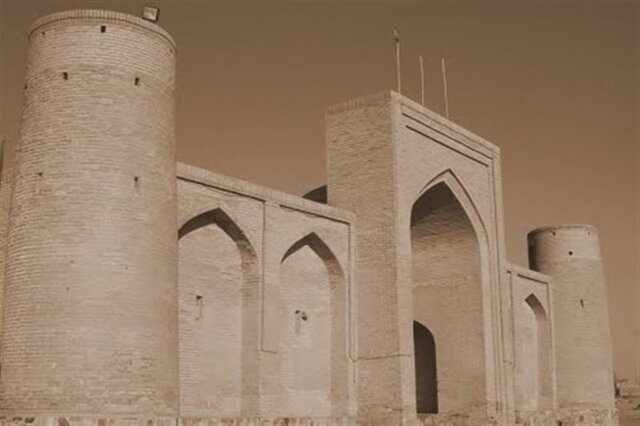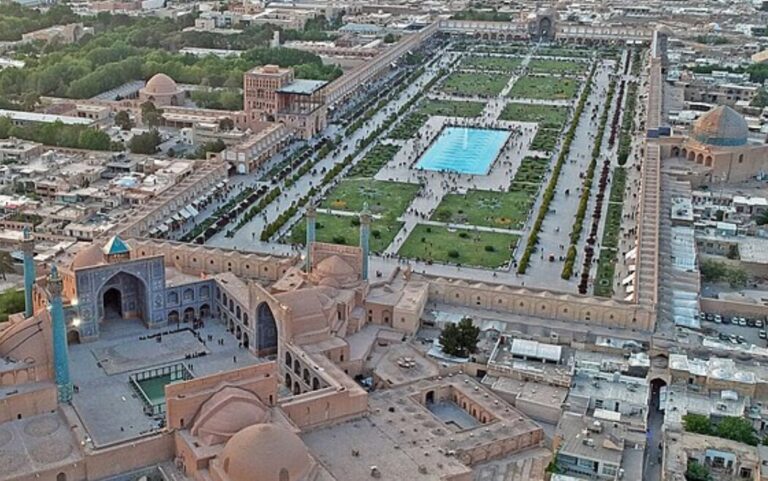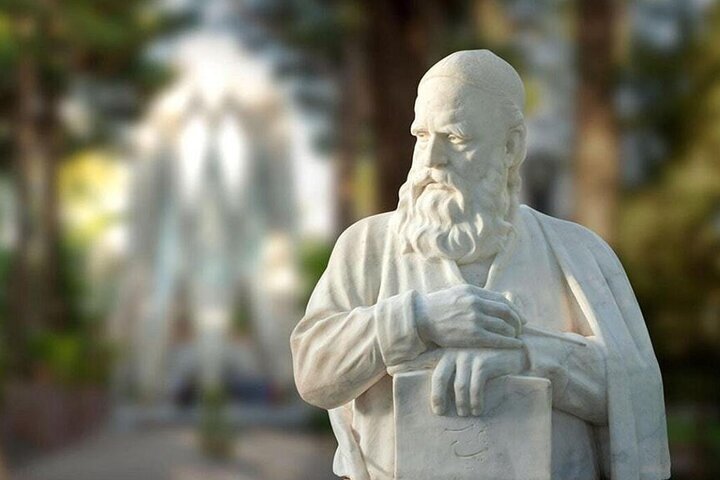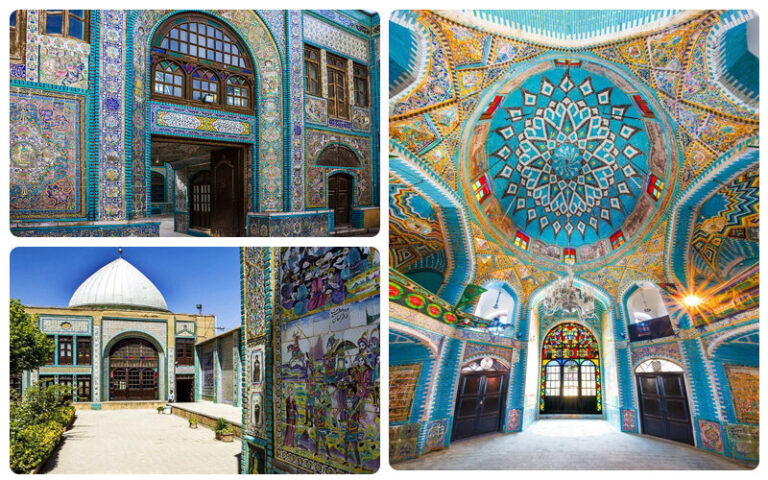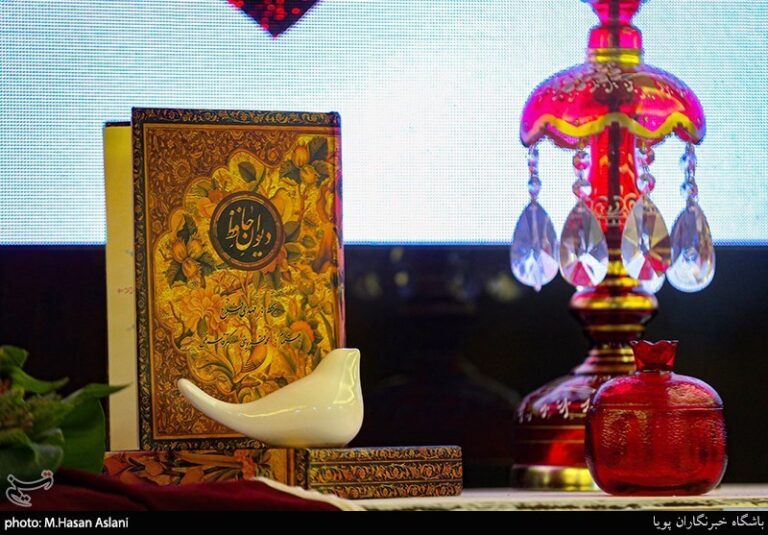Discover Fakhr-e Davoud Rabat: A Timurid Treasure Along the Historic Silk Road
Fakhr-e Davoud Rabat stands out as one of the most remarkable roofed caravanserais in the Khorasan region, showcasing unique architecture and a significant location along the historic Silk Road. Recently, this architectural gem was officially listed on UNESCO’s World Heritage List in September 2023, recognizing its historical significance dating back to the Timurid era.
According to Rajabali Labbaf-Khaniki, a prominent researcher and archaeologist from Khorasan, caravanserais or rabats were constructed in various forms, tailored to their geographical environments. These structures not only served as rest stops for travelers but also as safe havens along trade routes. Here are some key insights about caravanserais:
- Construction Materials: The materials used for building these caravanserais varied based on their location. For instance, those situated in mountainous areas were often built with stone and mud mortar, while those in plains were generally larger, accommodating more travelers.
- Royal Caravanserais: Designed for busy roads connecting major cities, royal caravanserais were luxurious establishments meant for kings and high-ranking officials.
- Fakhr-e Davoud Rabat: It is recognized as one of the most visually stunning roofed caravanserais along the Silk Road, located near the southern part of Fakhr-e Davoud village, just 56 kilometers southwest of Mashhad and 400 meters off the Mashhad-Neyshabur road.
This historical caravanserai was constructed using a variety of materials, including brick, gypsum mortar, sand, limestone, and mudstone. Labbaf-Khaniki detailed the architecture of Fakhr-e Davoud Rabat, highlighting its four cylindrical towers located at each corner. These towers not only enhance the monument’s aesthetic appeal but also served as watchtowers and defensive structures to ensure security.
The interior of the caravanserai features a square-shaped hall supported by four brick columns at the center. Along the side walls, ivanches (niches) are built, each crowned with a dome. This design not only provides structural integrity but also adds to the overall beauty of the space.
Fakhr-e Davoud Rabat has garnered significant attention from tourists and visitors alike. Historical references to this caravanserai include Henri René d’Almany, a French historian, who referred to it as Hassanabad Rabat. Hotham Schindler, an orientalist, noted in his travelogue that the Fakhr-e Davoud Village houses a roofed caravanserai that has undergone repairs twice.
In 1899, travel writer Afzal al-Molk described the village of Fakhr-e Davoud, stating: “The village of Fakhr-e Davoud is the place where caravans dock. There are 20 peasant families here. The caravanserai of Shah Abbasi was built here.” This highlights the significance of the caravanserai as a vital stop for trade and travel.
Additionally, Sani’ al-Dawla, a minister during Nassereddin Shah Qajar’s reign, provided a detailed account of the caravanserai after observing it multiple times. He described it as an “equilateral square 20 cubits by 20 cubits,” featuring four towers and a square platform one cubit high, complete with roofs to shelter pilgrims and passersby. This description emphasizes the caravanserai’s role as a resting place for travelers and a storage area for caravan goods.
Labbaf-Khaniki clarified that while both Schindler and Afzal al-Molk attributed Fakhr-e Davoud Rabat to Shah Abbas Safavi, there are no inscriptions or concrete evidence to support this claim. He stated, “Considering the architectural style of the building and its similarity to the covered space of the Alaqband caravanserai and the covered part of the Amir Alishir Navai caravanserai in Sangbast, it can be supposed that this building was founded in the Timurid era and was later renovated.”
In recognition of its historical and architectural significance, Fakhr-e Davoud Rabat has been officially registered under number 2108 on the National Heritage List, further solidifying its status as a cultural treasure in the Khorasan region.
As travelers continue to explore the rich history of the Silk Road, Fakhr-e Davoud Rabat remains a testament to the architectural ingenuity and cultural heritage of the Timurid era, inviting visitors to experience its beauty and historical importance first-hand.
